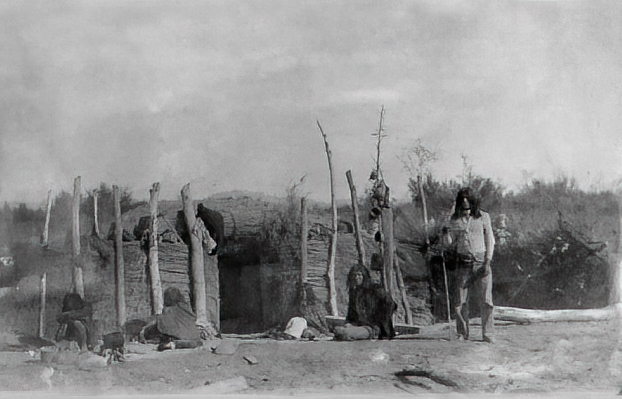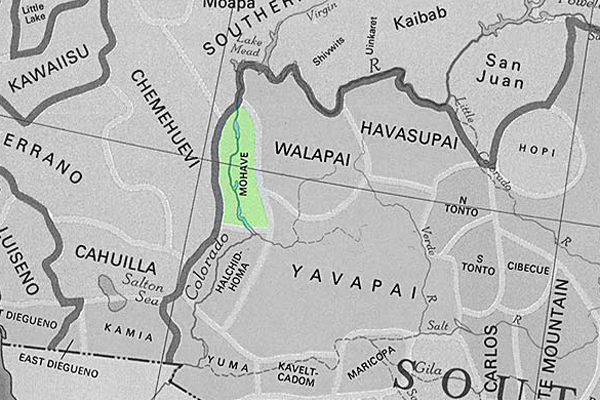/mojave-indians/
/blog/?p=3633

The Mojave are Native American people who traditionally inhabited the Mojave Desert, which spans parts of California, Arizona, Nevada, and Utah in the United States. The Mojave people are part of the larger Yuman language family.
The Mojave are known for their adaptation to the harsh desert environment and their traditional lifestyle as hunter-gatherers. They relied on the diverse resources of the desert, including native plants, seeds, and the hunting of small game. The Colorado River, which flows through their territory, played a significant role in their lives.

Historically, the Mojave people lived in small family groups and had a strong sense of community. They built dome-shaped houses known as “kish,” their social organization included tribal leaders and spiritual figures.

With European settlers’ arrival and the United States’s expansion in the 19th century, the Mojave, like many other Native American groups, faced significant challenges. European diseases, conflicts over land, and changes in their traditional way of life profoundly affected their population and culture.

Today, the Mojave people continue to maintain their cultural traditions and have a presence on the Fort Mojave Indian Reservation, which spans parts of California, Arizona, and Nevada. Efforts are underway to preserve the Mojave language, arts, and traditional knowledge. Additionally, like other Native American groups, the Mojave is engaged in discussions about tribal sovereignty, land rights, and broader issues related to recognizing indigenous rights.